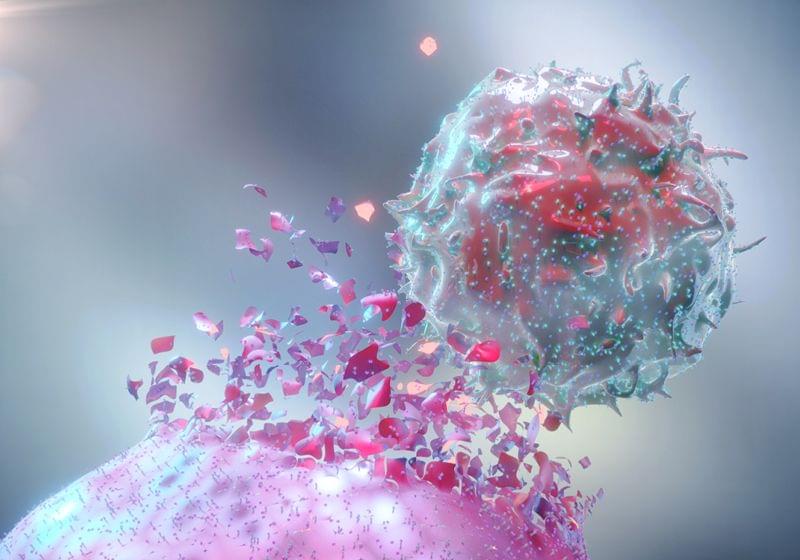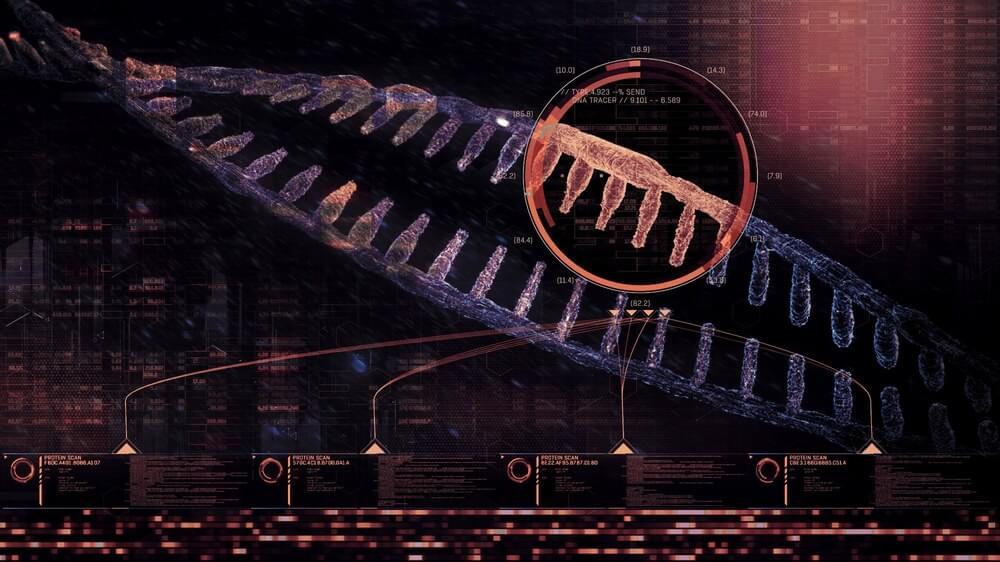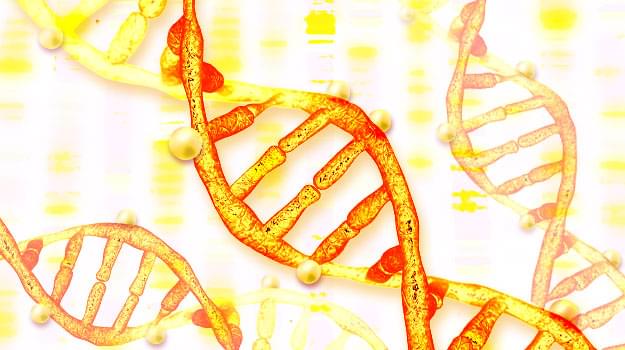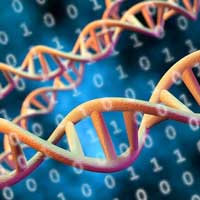The gene-editing technique CRISPR disabled HIV that lay dormant in immune cells in a lab experiment, raising hopes for an eventual cure.
By Clare Wilson

The gene-editing technique CRISPR disabled HIV that lay dormant in immune cells in a lab experiment, raising hopes for an eventual cure.
By Clare Wilson

Groundbreaking research has led to the creation of threofuranosyl nucleic acid (TNA), offering enhanced stability and therapeutic potential, with applications in drug delivery and diagnostics.
The DNA carries the genetic information of all living organisms and consists of only four different building blocks, the nucleotides. Nucleotides are composed of three distinctive parts: a sugar molecule, a phosphate group, and one of the four nucleobases adenine, thymine, guanine, and cytosine. The nucleotides are lined up millions of times and form the DNA double helix, similar to a spiral staircase.
Breakthrough in Nucleic Acid Research.


Researchers at Trinity College Dublin have recovered remarkably preserved microbiomes from two teeth dating back 4,000 years, found in an Irish limestone cave. Genetic analyses of these microbiomes reveal major changes in the oral microenvironment from the Bronze Age to today. The teeth both belonged to the same male individual and also provided a snapshot of his oral health.

A new study has revealed that the size of human brains is getting larger, which means increased brain reserve and decreased chances of developing dementia. The researchers at UC Davis Health reached the conclusion by comparing the size of the brains of people born in the 1930s with those of people born in the 1970s. They noticed that the latter had 6.6 per cent larger brains. The study was published in JAMA Neurology.
“The decade someone is born appears to impact brain size and potentially long-term brain health,” said Charles DeCarli, first author of the study.
He further adds that genetics may also play a major role in determining the size of the brain. “Genetics plays a major role in determining brain size, but our findings indicate external influences — such as health, social, cultural and educational factors — may also play a role,” he said.

🧬🔬📊
In a recent study published in the journal Nature Aging, researchers assessed the added predictive value of integrating polygenic risk scores (PRSs) and gut microbiome scores with conventional risk factors for common diseases in a long-term cohort study.
Analysis: Integration of polygenic and gut metagenomic risk prediction for common diseases. Image Credit: remotevfx.com / Shutterstock.
Background
Multiomic technologies are transforming disease prediction by integrating genomic and microbiomic data, offering new insights into age-related conditions like heart disease, diabetes, and cancer. Previously, risk assessments relied mainly on demographic, lifestyle, and clinical metrics. Now, the integration of PRSs and gut microbiome analysis into risk models promises to improve predictive accuracy beyond traditional factors. PRSs provide a cost-effective genetic predisposition metric, while the gut microbiome adds a novel dimension to understanding disease risk. This emerging approach necessitates further research to refine its accuracy and ensure its effectiveness across various populations and healthcare systems.

To what extent are exceptional human achievements influenced by genetic factors? This question, dating back to the early days of human genetics, seems to be easier to address today as modern molecular methods make it possible to analyze DNA of individuals throughout history. But how reliable are the answers in this day and age?

PHILADELPHIA — Scientists at the University of Pennsylvania’s Perelman School of Medicine have developed a new method to create human artificial chromosomes (HACs) that could revolutionize gene therapy and other biotechnology applications. The study, published in Science, describes an approach that efficiently forms single-copy HACs, bypassing a common hurdle that has hindered progress in this field for decades.
Artificial chromosomes are lab-made structures designed to mimic the function of natural chromosomes, the packaged bundles of DNA found in the cells of humans and other organisms. These synthetic constructs have the potential to serve as vehicles for delivering therapeutic genes or as tools for studying chromosome biology. However, previous attempts to create HACs have been plagued by a major issue: the DNA segments used to build them often link together in unpredictable ways, forming long, tangled chains with rearranged sequences.
The Penn Medicine team, led by Dr. Ben Black, sought to overcome this challenge by completely overhauling the approach to HAC design and delivery. “The HAC we built is very attractive for eventual deployment in biotechnology applications, for instance, where large-scale genetic engineering of cells is desired,” Dr. Black explains in a media release. “A bonus is that they exist alongside natural chromosomes without having to alter the natural chromosomes in the cell.”

Ubiquitous Potential
While many gene-editing therapies are focused on fatal genetic diseases, epigenetic editing’s safety profile may enable the treatment of more common diseases. The fact that no underlying changes are made to the DNA sequence “offers some additional safety assurances for this approach compared to some others where the risk/benefit [ratio] needs to be maybe a little different before you would employ those technologies,” Kane told BioSpace.
Additionally, because most common diseases are not driven by genetic mutations, epigenetic editing may be a better fit. “Most of those diseases are driven from expression levels being at an unhealthy level,” Kane said. “That is something that a tool like epi[genetic] editing is uniquely well-suited to address.”

In support of a major collaborative project to store massive amounts of data in DNA molecules, a Los Alamos National Laboratory–led team has developed a key enabling technology that translates digital binary files into the four-letter genetic alphabet needed for molecular storage.
“Our software, the Adaptive DNA Storage Codec (ADS Codex), translates data files from what a computer understands into what biology understands,” said Latchesar Ionkov, a computer scientist at Los Alamos and principal investigator on the project. “It’s like translating from English to Chinese, only harder.”
DNA offers a compact way to store huge amounts of data cost-effectively. Los Alamos National Laboratory has developed ADS Codex to translate the 0s and 1s of digital computer files into the four-letter code of DNA.